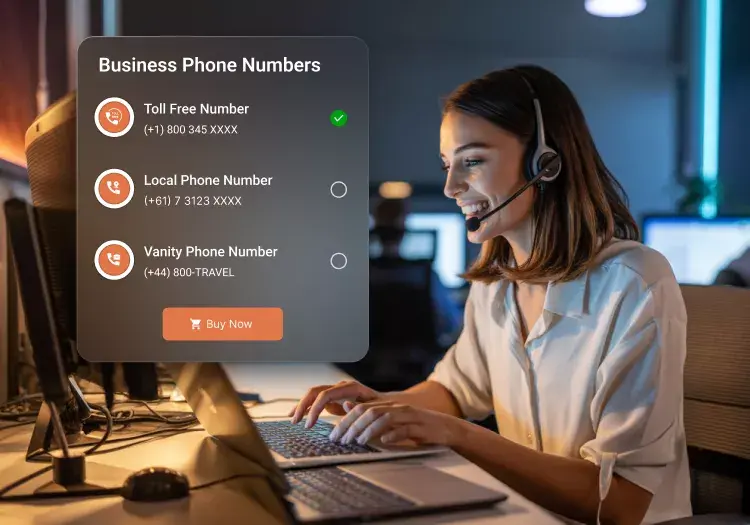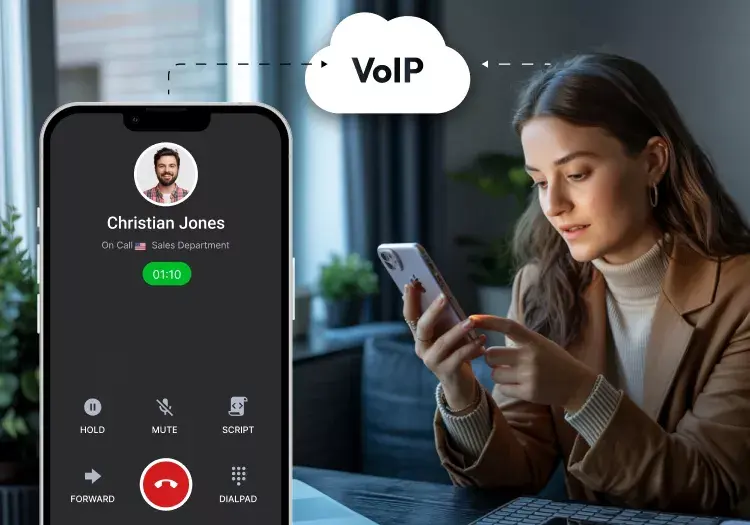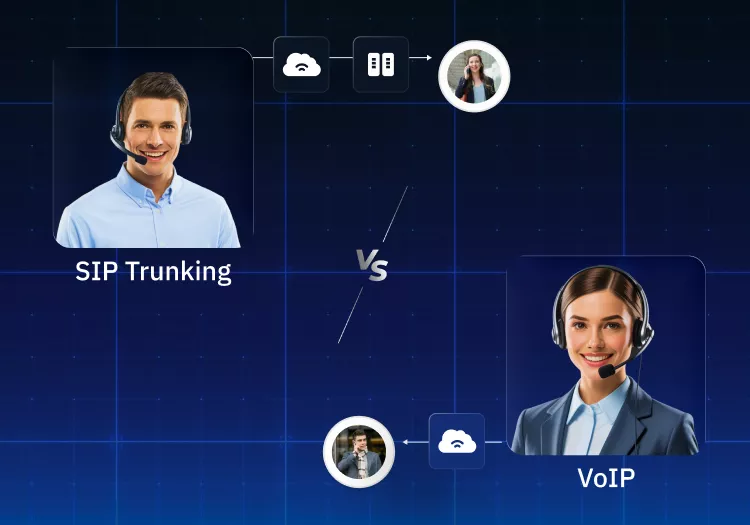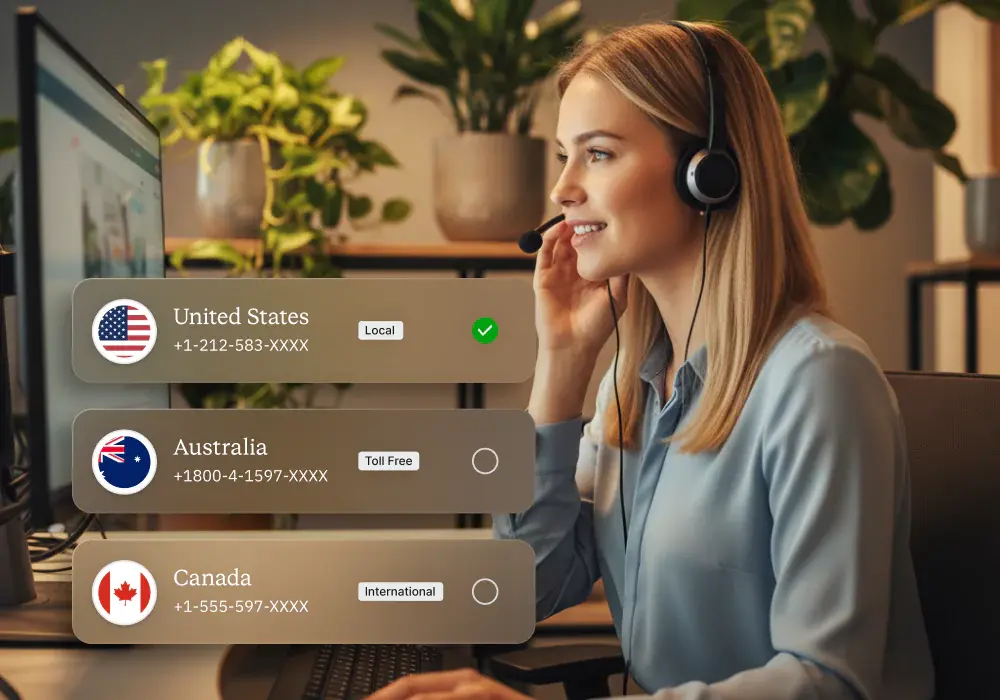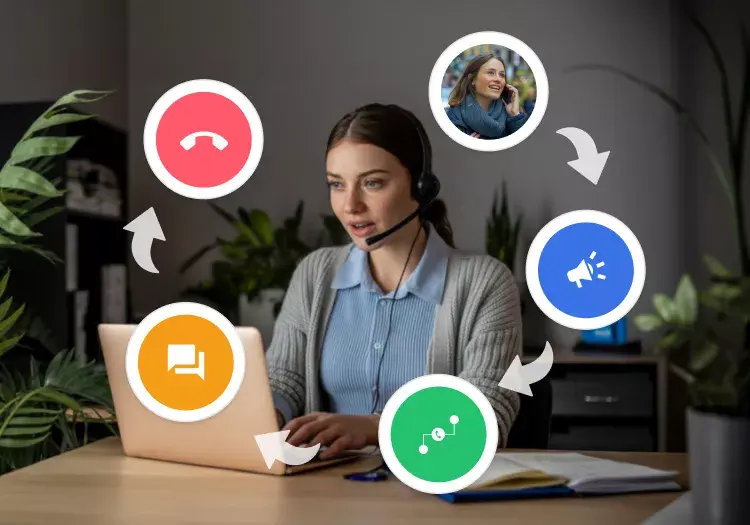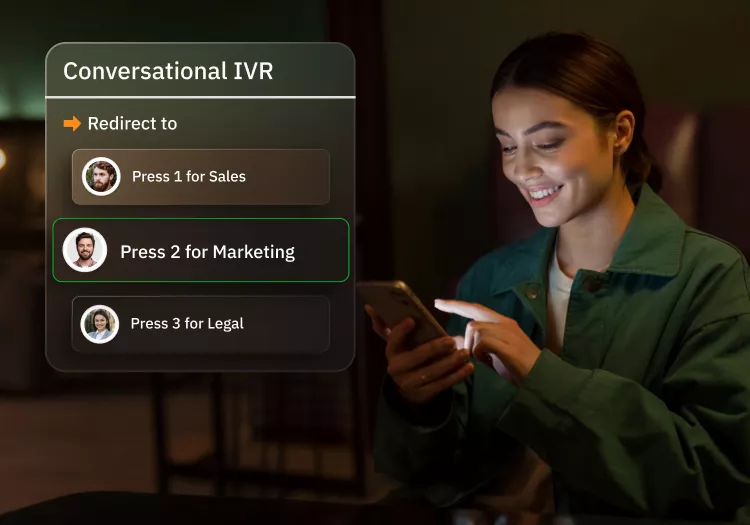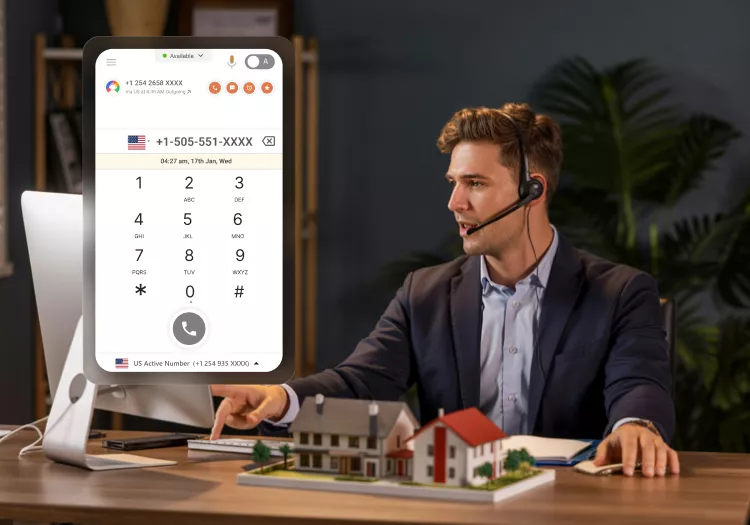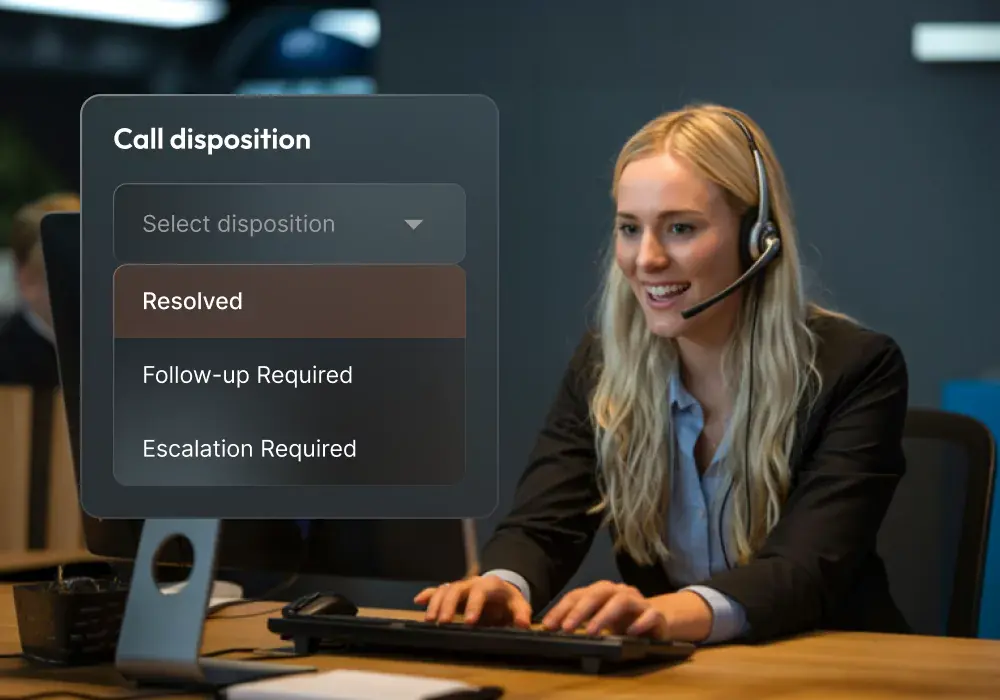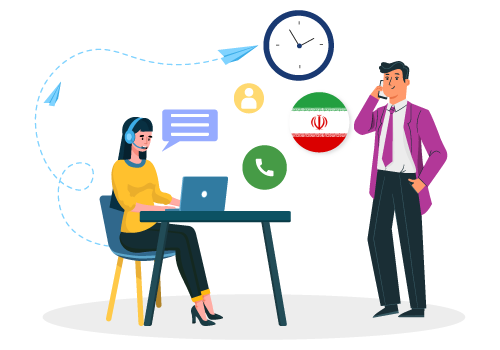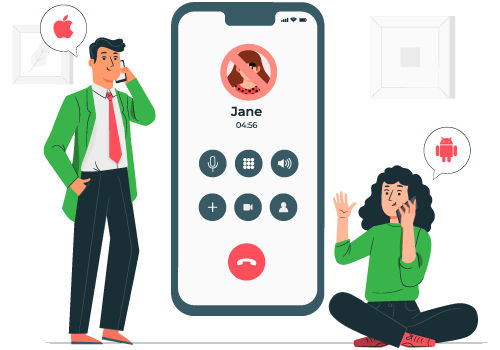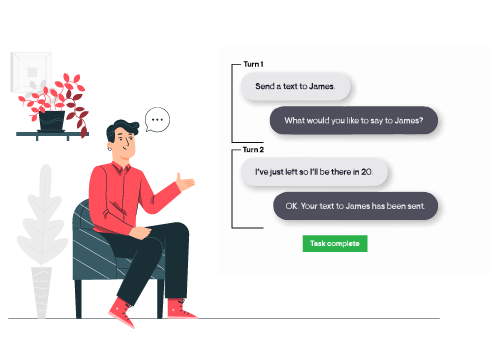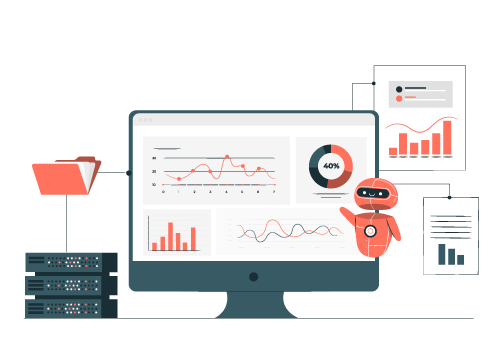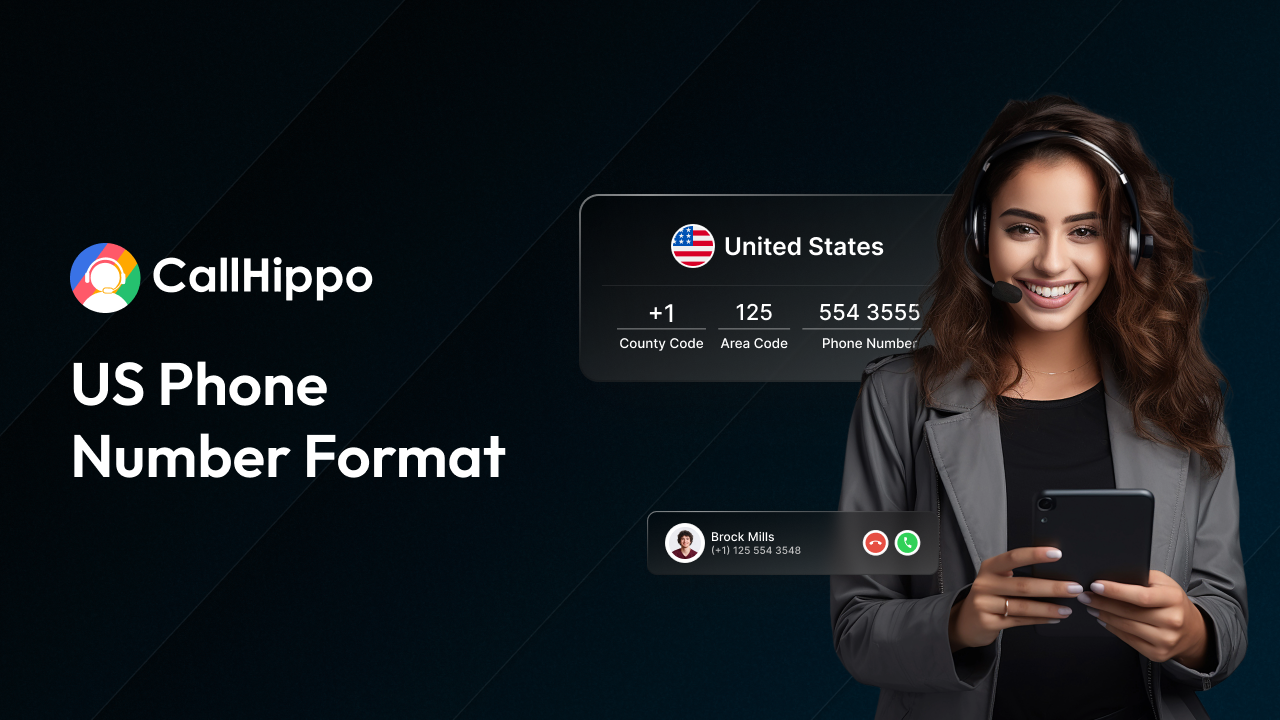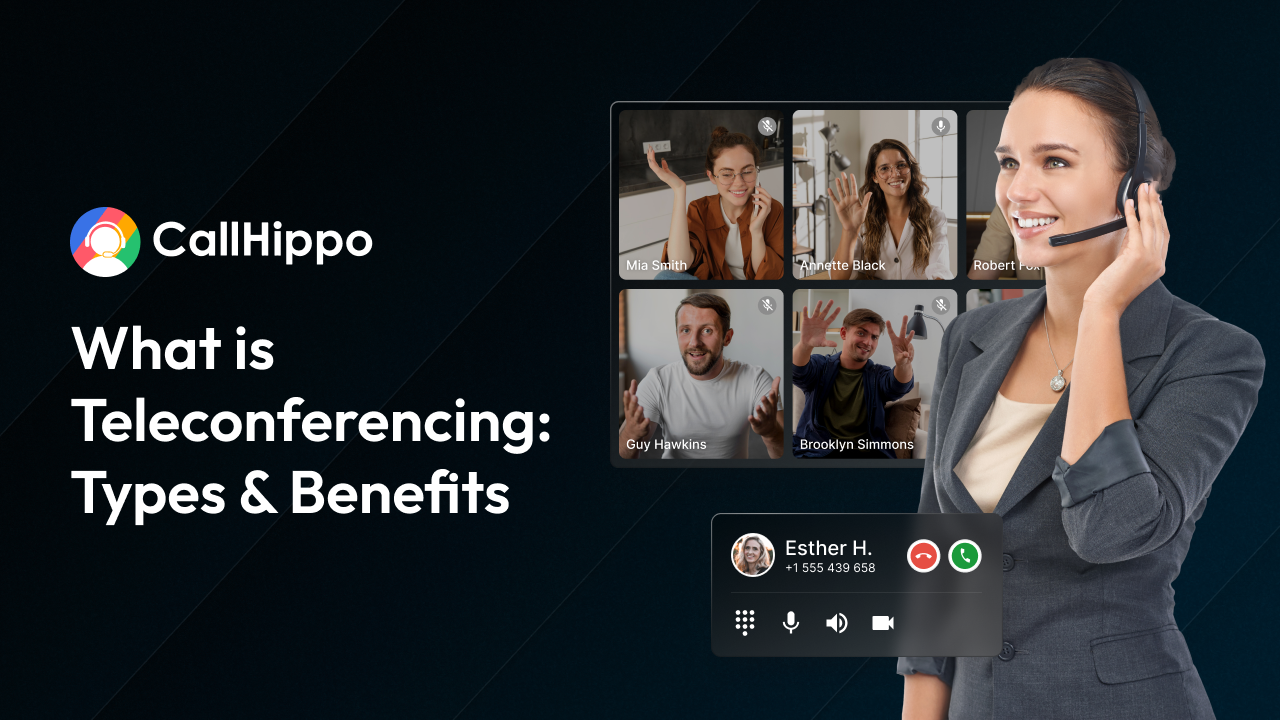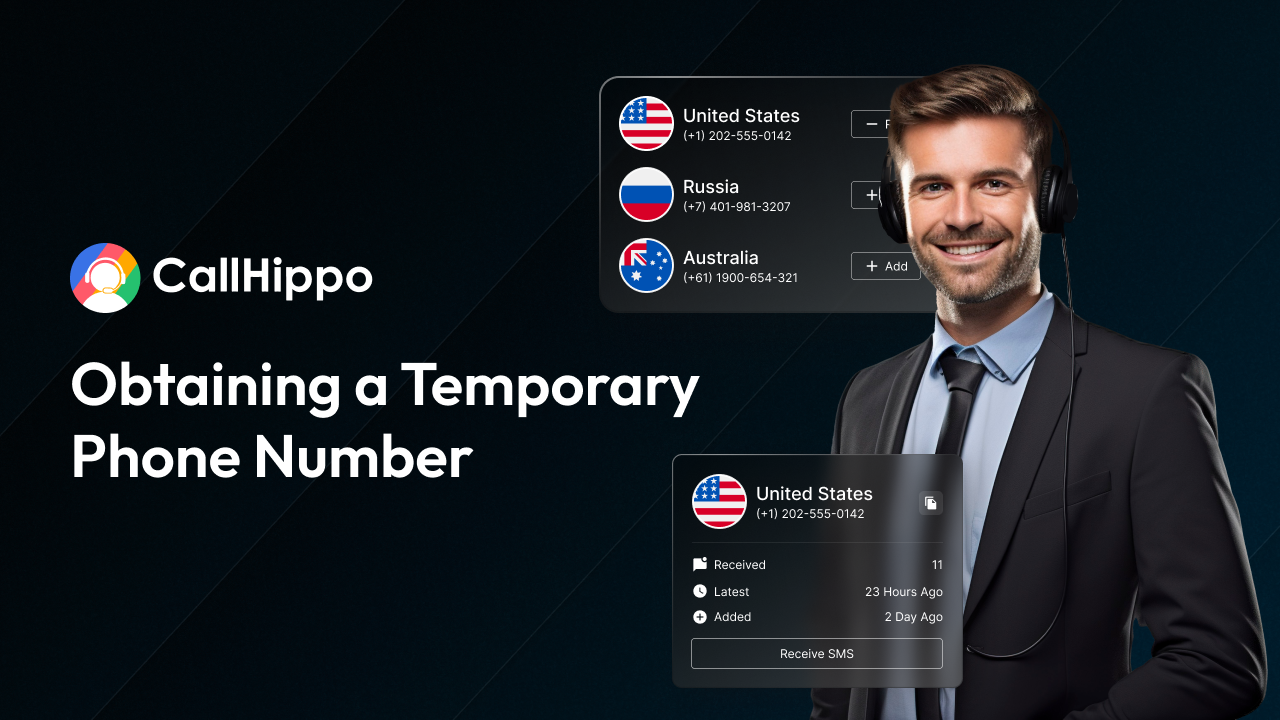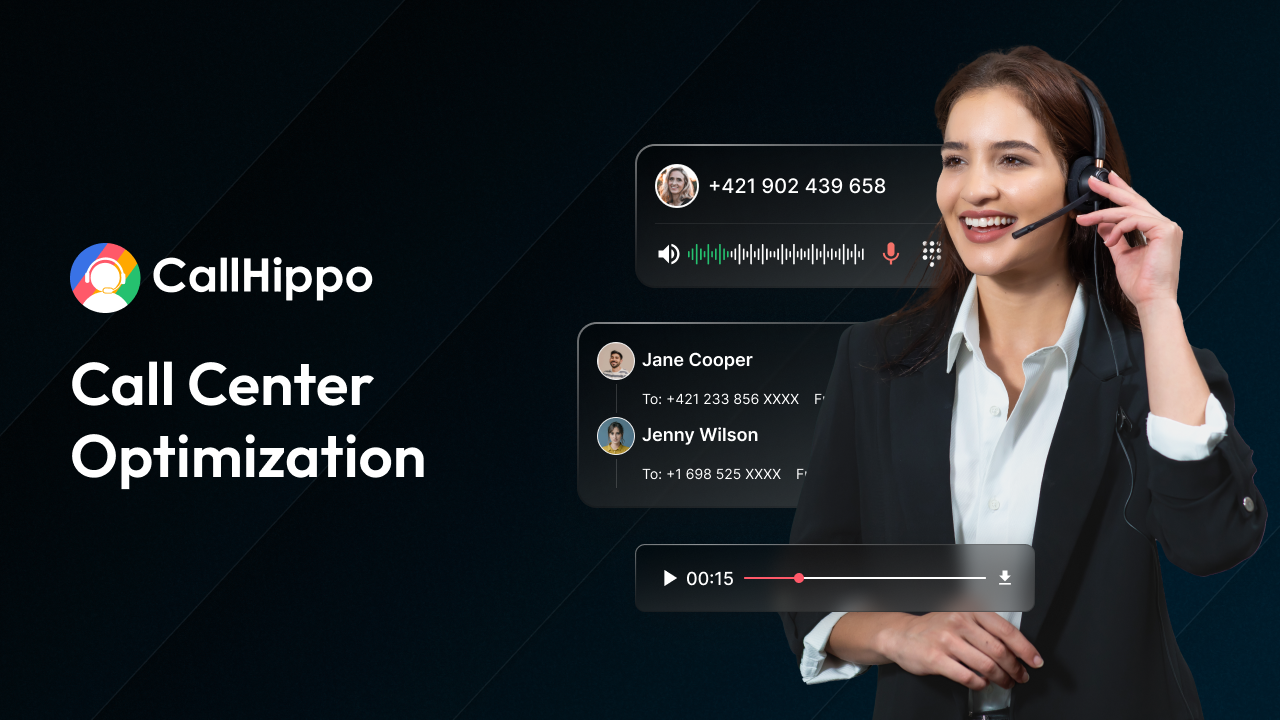Featured Article

The Best Nextiva Alternatives + Why They’re Better
Selecting the right UCaaS (Unified Communications as a Service) and contact center tools can be the bridge that makes your communications more efficient. And businesses have understood this. That is why the UCaaS market is advancing at a...
Top Vonage Alternatives & Competitors for Better Communication
Plenty of businesses start with Vonage because it covers the basics, but as ...
How to Call Austria from the US?
Austria is a prime business destination with tons of opportunities. In 2021, Austria ...
The Best 3CX Alternatives + Why They’re Better
Many businesses rely on 3CX, but as teams grow, it can become harder ...
- Small Business
- VoIP
- Call Center
- Customer Service
- How to Call
- AI
Set Up Your Phone System In Less
Than 3 Minutes
From buying a number to making the first call, all it takes is 3 minutes to set
up your virtual phone system.
- 1Buy Numbers
- 2Add Users
- 3Start Calling
- 4Track Calls

